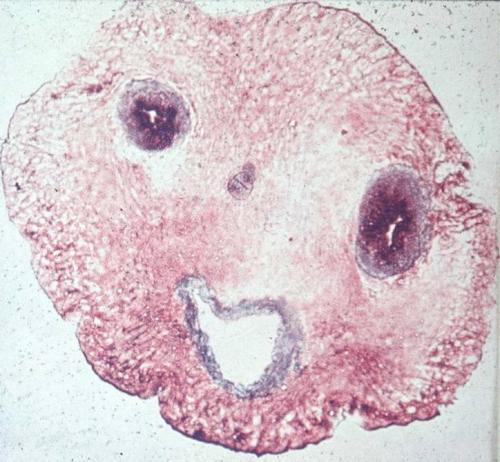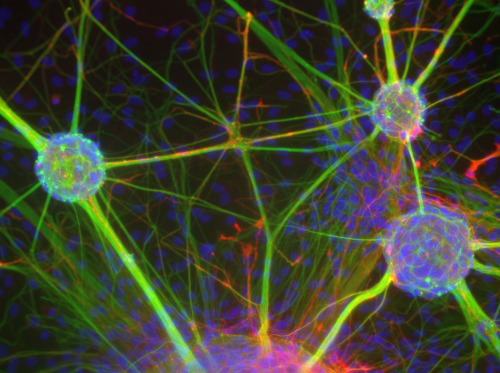Какая прелесть! Это ведь именно то, что нужно сейчас нашим культуральщикам! Трёхмерная культура клеток!!! Это, конечно, не 22 и даже не 11 измерений, но нет ничего невозможного... Информация с http://www.biology-blog.com/blogs/permalinks/9-2008/reversible-3-d-cell-culture-gel-invented.html
Reversible 3-D cell culture gel invented
Reversible 3-D cell culture gel invented
Singapore's Institute of Bioengineering and Nanotechnology (IBN), which celebrates its fifth anniversary this year, has invented a unique user-friendly gel that can liquefy on demand, with the potential to revolutionize three-dimensional (3D) cell culture for medical research.
As reported in Nature Nanotechnology (Y.S. Pek, A. C. A. Wan, A. Shekaran, L. Zhuo and J. Y. Ying, "A Thixotropic Nanocomposite Gel for Three-Dimensional Cell Culture"), IBN's novel gel media has the unique ability to liquefy when it is subjected to a moderate shear force and rapidly resolidifies into a gel within one minute upon removal of the force. This phenomenon of reverting between a gel and a liquid state is known as thixotropy.
IBN's thixotropic gel is synthesized from a nanocomposite of silica and polyethylene glycol (PEG) under room temperature, without special storage conditions. This novel material facilitates the safe and convenient culture of cells in 3D since cells can be easily added to the gel matrix without any chemical processes.
As per IBN Executive Director Jackie Y. Ying, Ph.D., "Cell culture is conventionally performed on a flat surface such as glass slides. It is an essential process in biological and medical research, and is widely used to process cells, synthesize biologics and develop therapys for a large variety of diseases.
"Cell culture within a 3D matrix would better mimic the actual conditions in the body as in comparison to the conventional 2D cell culture on flat surfaces. 3D cell culture also promises the development of better cell assays for drug screening," Dr. Ying added.
Another key feature of IBN's gel is the ease with which scientists can transfer the cultured cells from the matrix by pipetting the mandatory amount from the liquefied gel.
Unlike conventional cell culture, trypsin is not mandatory to detach the cultured cells from the solid media. As trypsin is an enzyme that is known to damage cells, particularly in stem cell.
cultures, the long-term quality and viability of cells cultured using IBN's thixotropic gel would improve substantially without the exposure to this enzyme.
Scientists are also able to control the gel's stiffness, thus facilitating the differentiation of stem cells into specific cell types.
"Ways to control stem cell differentiation are important as stem cells can be differentiated into various cell types. Our gel can provide a novel method of studying stem cell differentiation, as well as an effective new means of introducing biological signals to cells to investigate their effect in 3D cultures," said Shona Pek, IBN Research Officer.
Andrew Wan, Ph.D., IBN Team Leader and Principal Research Scientist, added, "Another interesting property of the gel is its ability to support the extracellular matrix (ECM) secretions of cells. Gel stiffness is modulated by ECM secretions, and can be used to study ECM production by cells responding to drug therapys or disease conditions.
"The thixotropic gel may then provide new insights for basic research and drug development," Dr. Wan added.
Posted by: Janet http://www.a-star.edu.sg/astar/index.jsp
29.09.2008
Культуры клеток в 22х измерениях скоро станут реальностью! :)
Подписаться на:
Комментарии к сообщению (Atom)











0 +:
Dí lo que piensas...